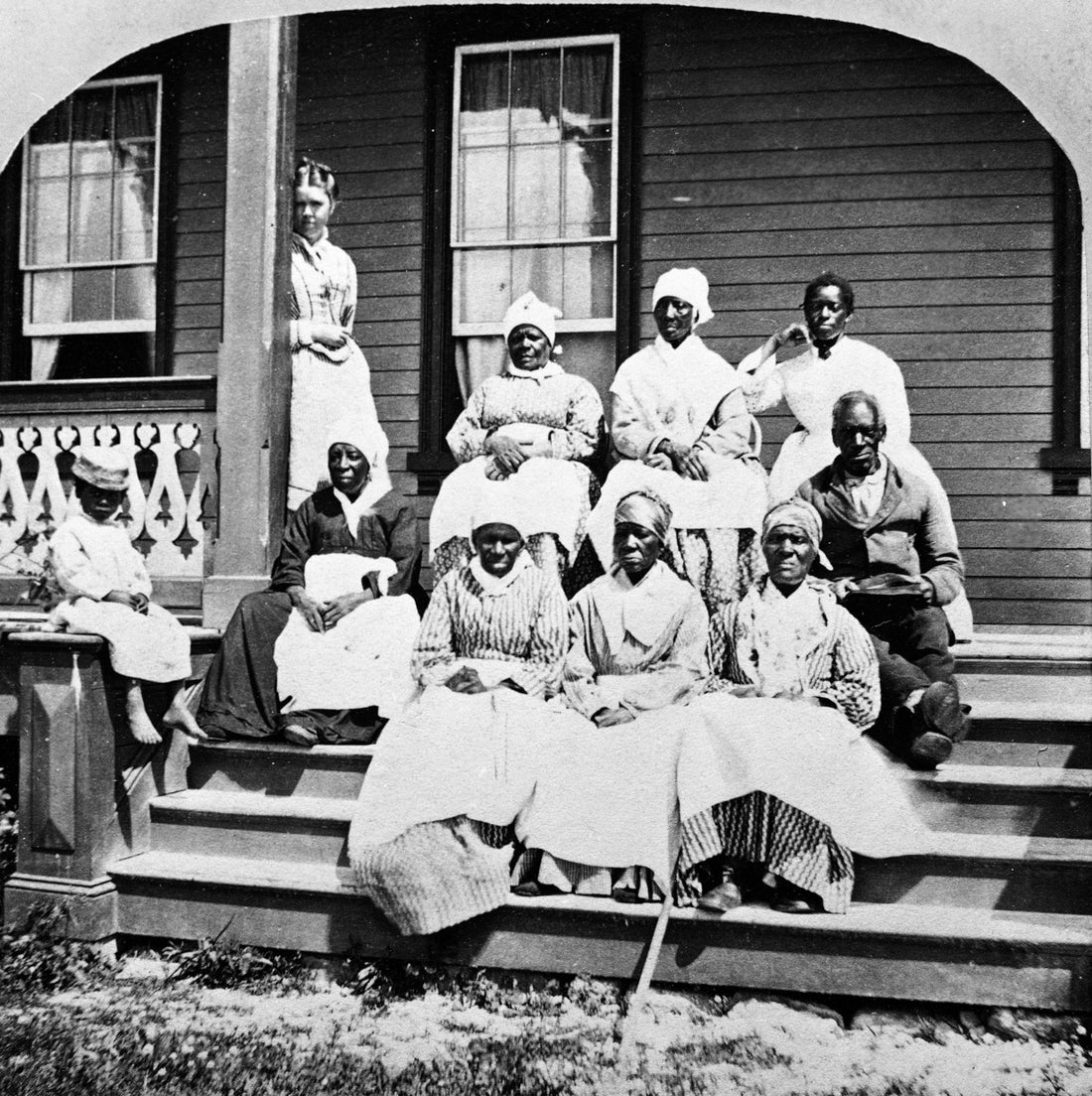THE HISTORY OF THE HAIR BONNET
We created the Sleep Sleeve as the ultimate tool to protect all hair types, but the history of hair bonnets and headwraps are invariably tied to Black culture. Though a seemingly simple garment, the hair-saving bonnet has a complex and often-debated history. From a high society fashion accessory to a tool to subjugate Black women to a form of cultural expression — the bonnet carries centuries of Black resilience and Black excellence.

A SYMBOL OF GRANDEUR
Although the actual origins of the bonnet are unclear, headwraps have been traditional attire in African countries (known as dukus and doek) for centuries. Headwraps reflected wealth, ethnicity, marital status and even your emotional state – in case we ever questioned it, bonnets really do it all. Similarly, in the mid-1800s, European women wore bonnets to symbolize grandeur and their place in high society.

A FORM OF CONTROL
Knowing the importance of the bonnet to Black women’s hair rituals, headwraps and bonnets were weaponized against Black women during enslavement. They became used as a form to visibly distinguish Black women as enslaved people and to classify social standing. Laws were put in place that made it illegal for all Black women to be in public without hair coverings.
A CONNECTION TO CULTURE
Refusing to let the bonnet become a tool for oppression, Black women began using their headwraps as a form of creative and cultural expression. They chose beautiful fabrics and decorated them with feathers, jewels, pins and embroidery.

A LIFE-SAVING HAIR TOOL & CELEBRATION OF BLACKNESS
At the turn of the 20th century entrepreneurs like Madame C.J. Walker focused on products for black hair Black hair and the bonnet became an established part of hair routines for sustaining and protecting texture. But more than that, the bonnet became a symbol for Black resistance and sovereignty.
CELEBRATING THE BONNET IN POPULAR CULTURE
For far too long, the bonnet has been noticeably absent for Black characters in movies and TV. How often did we see Ashley and HIlary in The Fresh Prince of Bel-Air rocking their PJs but never a bonnet? Thanks to more Black writers in the writers’ room, a new wave of shows is writing the bonnet into scenes where it respectfully belongs. Long live the magic of the bonnet.



